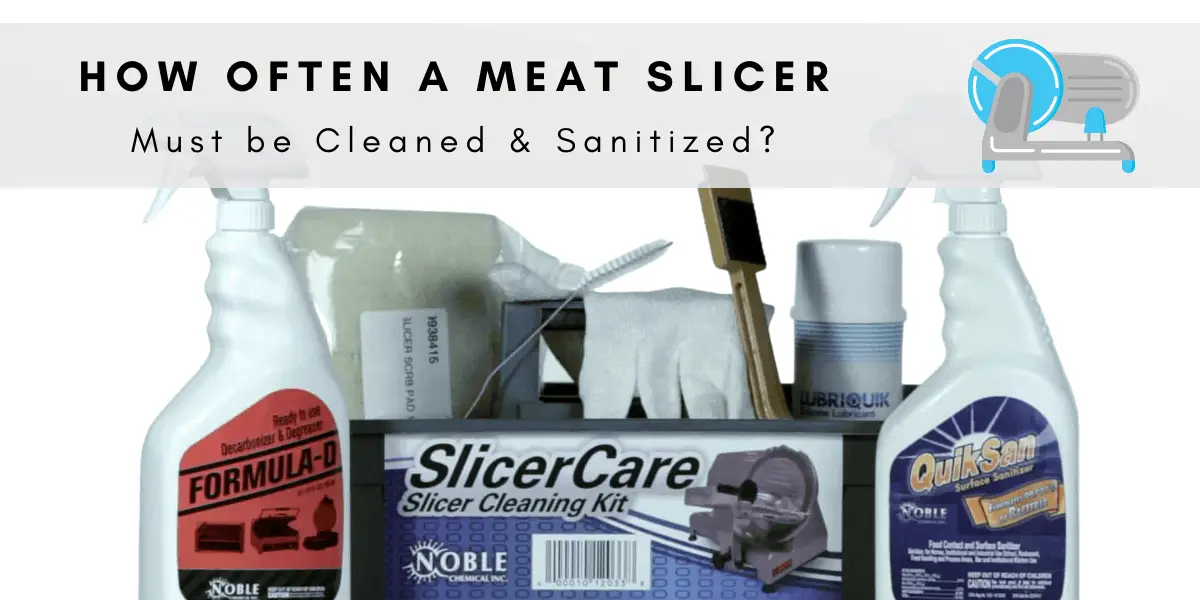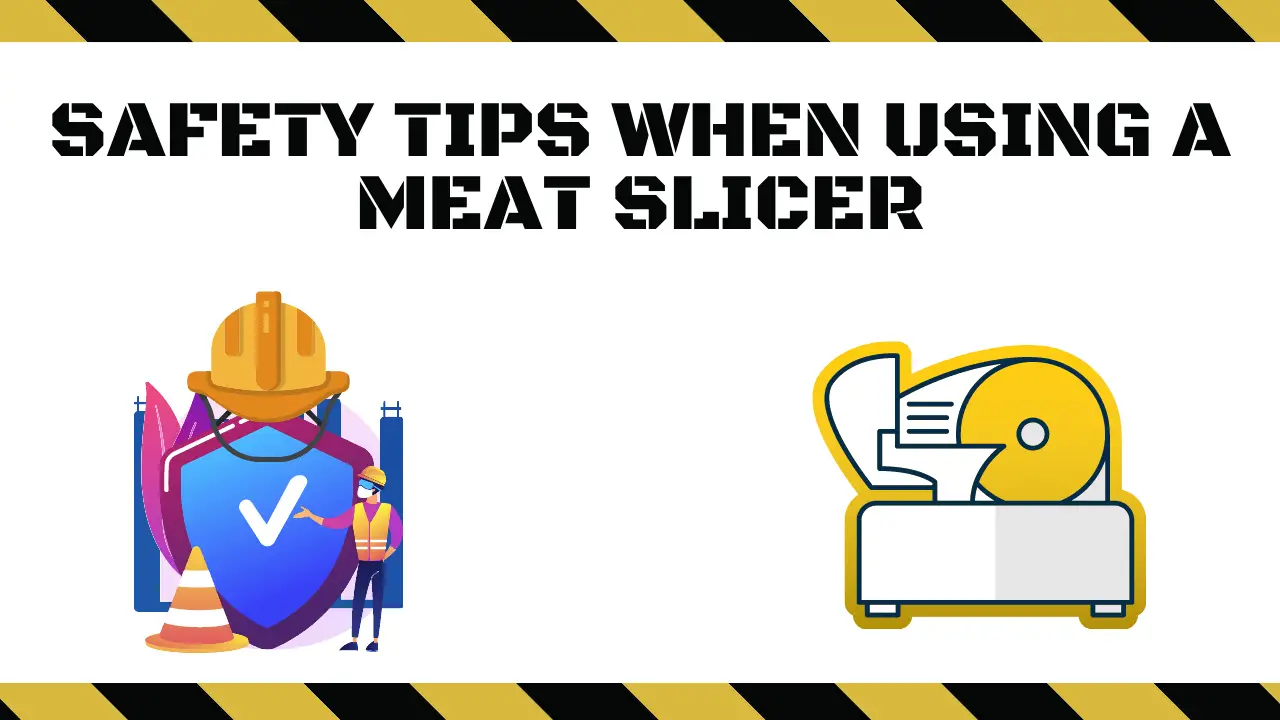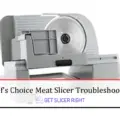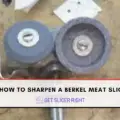A meat cleaver is a specialized kitchen tool that is both versatile and robust. Its heavy, rectangular blade is designed for tasks that are too demanding for a regular kitchen knife, such as chopping through bone, cutting through tough skin, and even smashing garlic or ginger. Using a meat cleaver to its fullest capacity involves understanding its range of tasks, mastering the right techniques for safe and effective usage, and maintaining the cleaver to ensure its longevity. This tool, while intimidating to some, can become a valuable asset in your culinary endeavors when used properly.
Why Do You Need A Cleaver?
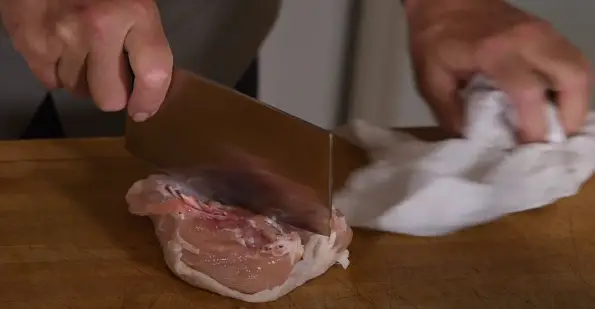
A cleaver is best when preparing meat and poultry. Its long, sharp blade allows you to easily chop, slice, and dice, meaning that your raw ingredients can be prepared quickly and efficiently. Its large size makes it ideal for hacking through dense bones or cartilage. If you want to make the most of your meat and poultry, a cleaver is an essential tool in your kitchen.
How To Use A Meat Cleaver To Its Fullest Capacity?
- Choose the right cleaver: Select a well-balanced and sturdy meat cleaver. Look for a cleaver with a heavy blade, a comfortable handle, and a full tang construction for durability and better control.
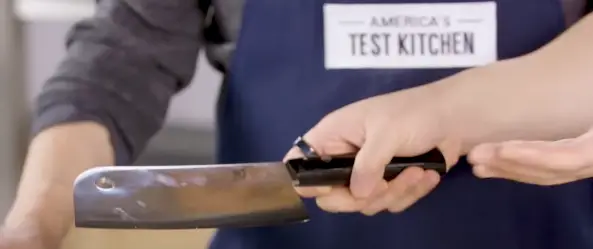
Choose the best cleaver for slicing - Prepare your workspace: Ensure you have a stable and clean surface, such as a cutting board or butcher block. Make sure the surface is non-slip, as this will prevent accidents.
- Hold the cleaver properly: Grip the handle firmly with your dominant hand, placing your thumb and index finger on either side of the blade for better control. Keep your other hand out of the cleaver’s path.
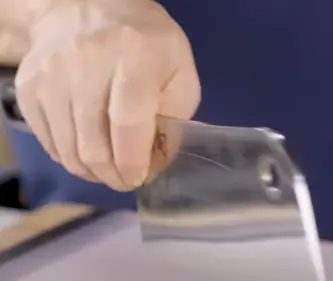
Grip the handle firmly with your dominant hand - Practice your cutting technique: Begin with a rocking motion, using the weight of the cleaver to assist in cutting. Keep your wrist straight and use your arm strength to control the movement.
- Chop through bones: For cutting through bones, position the blade at a 90-degree angle to the bone, and use a swift, downward motion. Use your free hand to hold the meat in place while you chop if necessary.
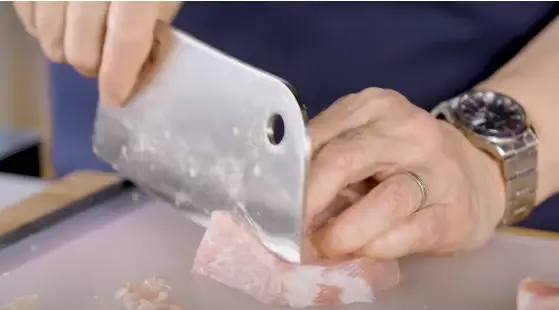
Start cutting bones - Slice meat: To slice meat, hold the cleaver at a slight angle and use a smooth, sliding motion, letting the blade’s weight help guide the cut.
- Trim fat and sinew: Use the cleaver’s sharp edge to trim excess fat and sinew from the meat, holding the blade at an angle to avoid cutting into the muscle.
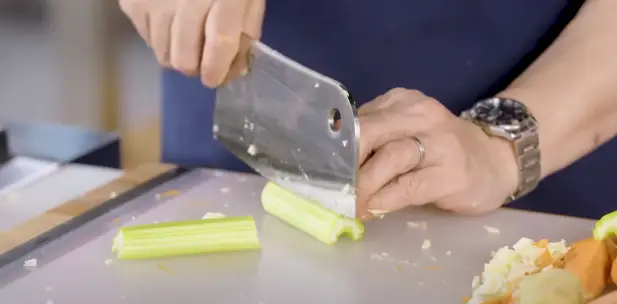
Use the cleaver’s sharp edge to trim - Mince and dice: For mincing or dicing, chop the food into small pieces, then rock the cleaver back and forth over the pieces, using the flat side of the blade to keep the food from sticking to the blade.
- Crush ingredients: Use the flat side of the cleaver to crush ingredients like garlic or ginger. Place the ingredient on the cutting board and carefully press down on it with the flat side of the blade.
- Maintain your cleaver: Keep your meat cleaver sharp by honing it regularly with a honing rod, and use a whetstone to sharpen the blade when needed. Store the cleaver in a knife block or magnetic strip to protect the blade from damage.
- Always use a cutting board: Don’t be tempted to cut directly on countertops or other hard surfaces, as this can damage both the cleaver and your kitchen surfaces. A cutting board provides a stable surface to protect your blade and ensure precise cuts.
- Cut away from yourself: A meat cleaver is one of the most dangerous kitchen tools, so it’s important to take extra steps to ensure your safety when using it. When cutting any meat with a cleaver, ensure you’re always cutting away from yourself.
- Use a correct grip: Hold your meat cleaver by the handle with one hand and grasp the bolster just below the blade with your other hand. This will give you maximum control when chopping through tough cuts of meat or bones. Remember that you should never put your fingers near the blade’s cutting edge, as this can be dangerous.
- Sharpen regularly: It is essential to keep your meat cleaver properly sharpened to perform at its best. Regular honing with a steel rod and occasional sharpening with a whetstone or similar tool will help ensure your cleaver can make clean, precise cuts into any cut of meat. Additionally, oiling the blade regularly will help prevent rust and keep the blade from becoming dull.
What To Consider When Choosing A Meat Cleaver?
When choosing a meat cleaver, there are several factors to consider to find the right tool for your needs. Here’s a list of important aspects to keep in mind:
- Blade material: Look for high-quality stainless steel or high-carbon stainless steel blade, as these materials are durable, resistant to corrosion, and easy to maintain.
- Blade size and weight: The size and weight of the blade should be heavy enough to chop through bones and joints effectively. A heavier blade will require less effort, allowing the weight of the cleaver to do most of the work.
- Handle material: The handle should be made from durable and comfortable materials like wood, plastic, or rubber. Ensure that the handle is slip-resistant to provide a secure grip even when your hands are wet.
- Handle ergonomics: Choose a cleaver with an ergonomically designed handle that fits comfortably in your hand and provides proper balance and control during use.
- Full tang construction: A full tang cleaver has a blade that extends through the handle, providing better balance, durability, and control.
- Blade edge: A meat cleaver should have a sharp, straight edge for efficient cutting. Some cleavers also feature a slightly curved edge, which can help slice and rock motions.
- Maintenance: Consider how easy it will be to maintain the cleaver, including sharpening and cleaning. Some cleavers have a lower maintenance profile due to the type of steel used and the blade design.
- Safety features: Look for features like a finger guard or a bolster to protect your fingers during use.
- Price and budget: Consider your budget when choosing a meat cleaver. While higher-priced options may offer better quality and durability, there are also affordable cleavers that can perform well for most tasks.
- Warranty and brand reputation: Check for the manufacturer’s warranty or guarantee, as this can indicate quality and durability. Research the brand’s reputation and read customer reviews to ensure you purchase a reliable product.
Considering these factors, you can choose a meat cleaver that meets your specific needs and preferences, ensuring a safe and efficient tool for your kitchen.
FAQs
Why do Western cleavers have a hole?
The hole in a Western cleaver is designed to make it easier to hang the tool on a hook for storage. This design also reduces the tool’s weight so that it won’t become too heavy when used for long periods. The hole can also be used as a handhold, giving you a better grip when chopping.
Is a cleaver better than an axe for survival?
It depends on the scenario and your own preferences. An axe can be used for various tasks, from splitting wood to digging trenches – essential tasks in survival scenarios. On the other hand, cleavers offer some distinct advantages over axes in certain situations. Cleavers are much lighter than axes, which makes them easier to carry and wield. They also have a wider surface area for chopping meat, vegetables, and other food items. Cleavers can break through tougher materials than an axe can handle, such as bones or frozen foods.
What kind of knife does slaughter men use?
The typical slaughterman uses a variety of knives, but the primary one is the meat cleaver. A meat cleaver is a large knife with a wide, rectangular blade designed to cut through tough meats and bones quickly and efficiently.
What is a 6-cleaver knife used for?
A 6-cleaver knife is essential for anyone who works with meat in the kitchen. Its curved, heavy blade makes it ideal for slicing through large cuts of meat and poultry, such as roasts and turkeys. It is also useful for portioning steaks and chops, mincing herbs and vegetables, splitting bones, cracking nuts, and more. The size of the blade makes it easy to maneuver, making it a versatile tool for any chef or home cook. Additionally, its weight helps with chopping through tough meats like brisket or pork shoulder.
What size cleaver knife is best?
6- inch cleaver knife is best for most home cooks. A heavier, 8-inch cleaver may be necessary for larger projects such as cutting whole chickens or large hunks of meat such as brisket. For most everyday tasks, the smaller 6-inch size works best.
Conclusion
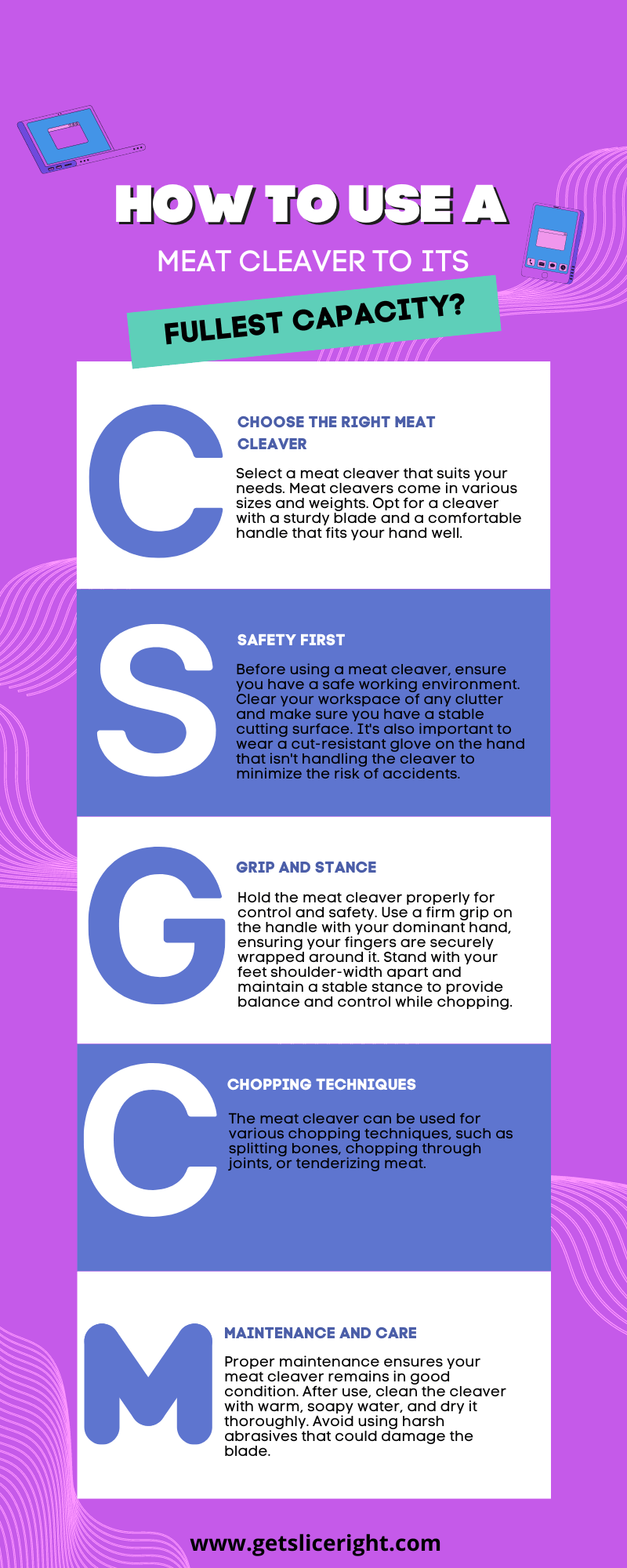
A meat cleaver is a versatile and essential kitchen tool that can make various tasks, such as chopping, slicing, and cutting through bones, much easier. When selecting the right meat cleaver, it’s important to consider factors such as blade material, size, weight, handle design and material, full tang construction, and ease of maintenance. By carefully evaluating these aspects and keeping your specific needs and budget in mind, you can find a high-quality, reliable, safe meat cleaver that will serve you well in the kitchen for years. Always practice safety precautions and maintain your cleaver to ensure longevity and effectiveness.

Mario Batali is a renowned author, food enthusiast, and passionate chef who has dedicated his life to exploring the world of culinary arts. With a love for sharing his knowledge and experiences, Mario has become a prominent figure in the food blogging community, inspiring countless readers with his creativity and expertise.
In addition to his culinary prowess, Mario Batali is also a talented writer with a flair for engaging storytelling. He launched his own food blog to share his recipes, cooking tips, and personal experiences in the kitchen. Over time, Mario’s blog gained a loyal following of food enthusiasts who appreciate his unique approach to cooking and his dedication to using only the finest ingredients.
Mario Batali’s passion for food and his commitment to sharing his knowledge with others have made him a true inspiration in the world of culinary arts. Through his blog, cookbooks, and public appearances, Mario continues to spread his love of food and the joy of cooking with his ever-growing fanbase.

